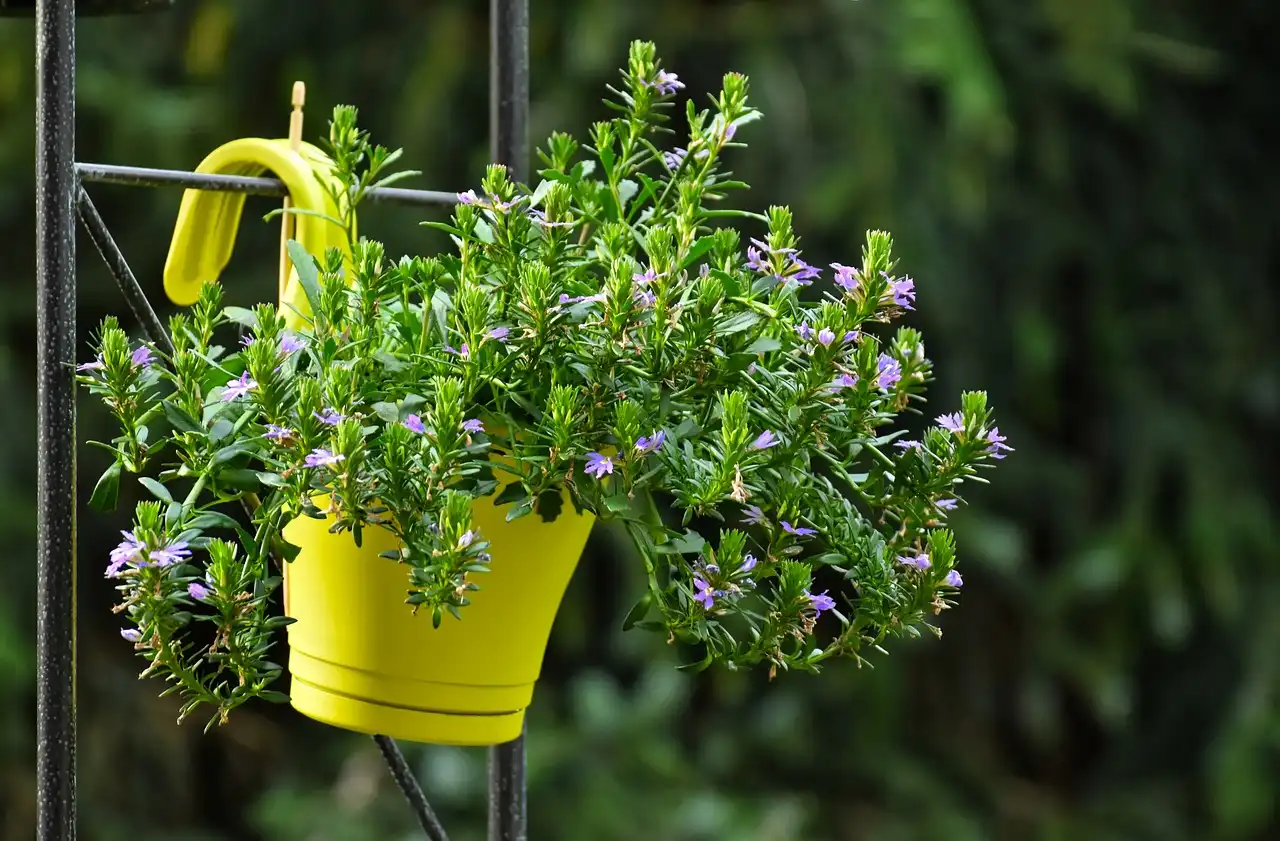Maintaining thriving indoor greenery is a rewarding experience that brings natural beauty and vitality into our living spaces. However, it requires more than just placing a plant in a corner and hoping for the best. To ensure the health and longevity of your indoor plants, it’s essential to provide proper care and attention. In this article, we’ll explore essential tips and techniques for keeping your greenery thriving.
Understanding Your Plants’ Needs
One of the most critical factors in caring for indoor plants is understanding their individual needs. Different plants have varying requirements for light, water, and humidity levels. Before bringing a new plant into your home, take the time to research its specific care requirements. Consider factors such as the plant’s native habitat, growth habits, and preferred environmental conditions. Armed with this knowledge, you can provide the optimal care needed to help your plants thrive.
Finding the Right Balance of Light and Water
Proper lighting and watering are essential for the health of indoor plants. Most houseplants prefer bright, indirect sunlight, although some may thrive in low-light conditions. Place your plants near windows or areas with ample natural light, but be cautious of direct sunlight, which can scorch delicate foliage.
When it comes to watering, the key is to find the right balance. Overwatering can lead to root rot and other issues, while underwatering can cause dehydration and wilting. Before watering, check the moisture level of the soil by inserting your finger about an inch below the surface. If the soil feels dry to the touch, it’s time to water. Be sure to use room-temperature water and avoid letting your plants sit in standing water, as this can lead to root suffocation.
Fertilizing and Soil Health
In addition to water and light, indoor plants also require nutrients to thrive. Regular fertilization helps replenish essential nutrients in the soil and promotes healthy growth. Choose a balanced, water-soluble fertilizer and apply it according to the manufacturer’s instructions. During the growing season, typically spring and summer, fertilize your plants every two to four weeks. Reduce frequency during the winter months when plant growth slows.
Soil health is another crucial factor in plant care. Use a well-draining potting mix specifically formulated for indoor plants to prevent waterlogged roots and promote aeration. Consider repotting your plants every year or so to refresh the soil and provide room for root growth.
Regular Maintenance and Pruning
Regular maintenance is essential for keeping your indoor plants healthy and vibrant. Remove any dead or yellowing leaves, as these can attract pests and spread disease. Pruning encourages new growth and helps maintain the shape and appearance of your plants. Use clean, sharp scissors or pruning shears to trim away any overgrown or leggy branches.
Monitoring for Pests and Diseases
Finally, be vigilant about monitoring your indoor plants for signs of pests and diseases. Common indoor plant pests include aphids, mealybugs, and spider mites, which can wreak havoc on your greenery if left unchecked. Inspect your plants regularly for any signs of infestation, such as yellowing leaves, sticky residue, or tiny insects. Treat infestations promptly using organic insecticidal soaps or horticultural oils, and consider isolating affected plants to prevent the spread of pests.
In conclusion, keeping your indoor greenery thriving requires a combination of proper care, attention to detail, and a little bit of patience. By understanding your plants’ individual needs, providing adequate light, water, and nutrients, and staying vigilant against pests and diseases, you can enjoy a lush and vibrant indoor garden that brings joy and beauty into your home.





